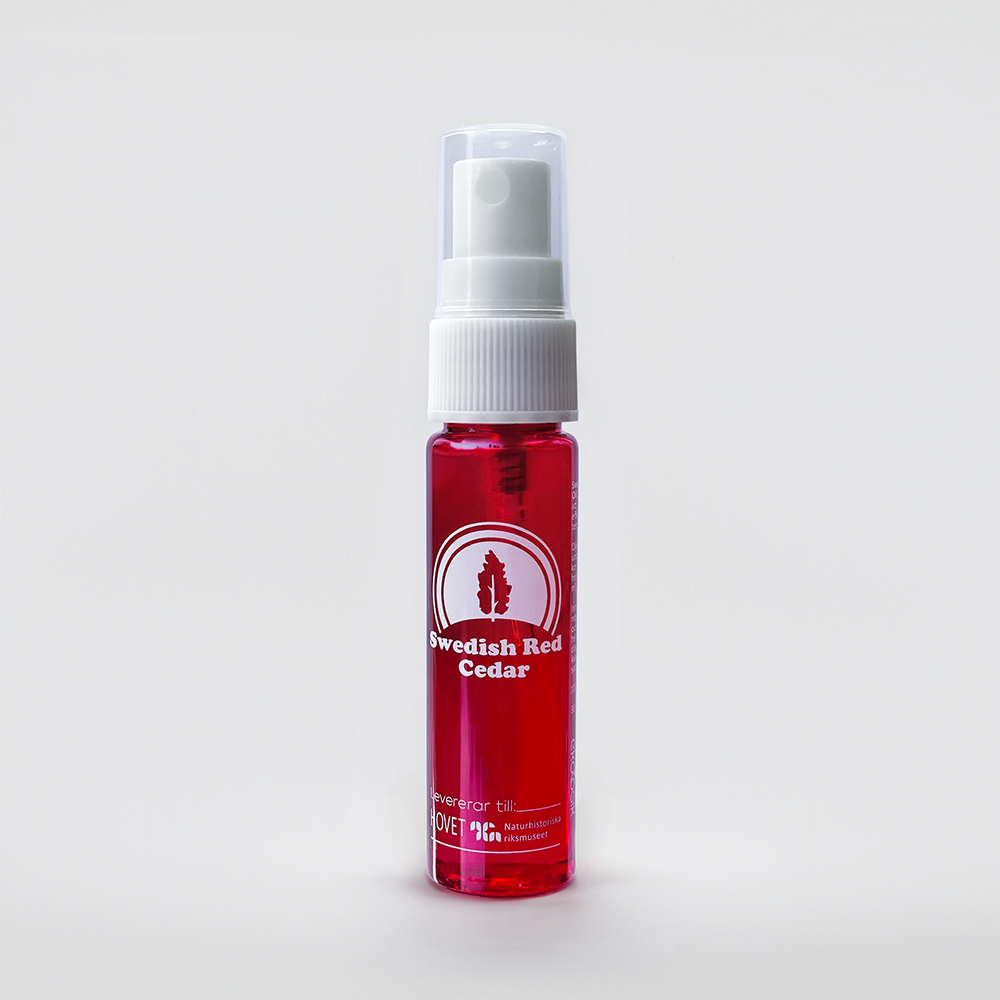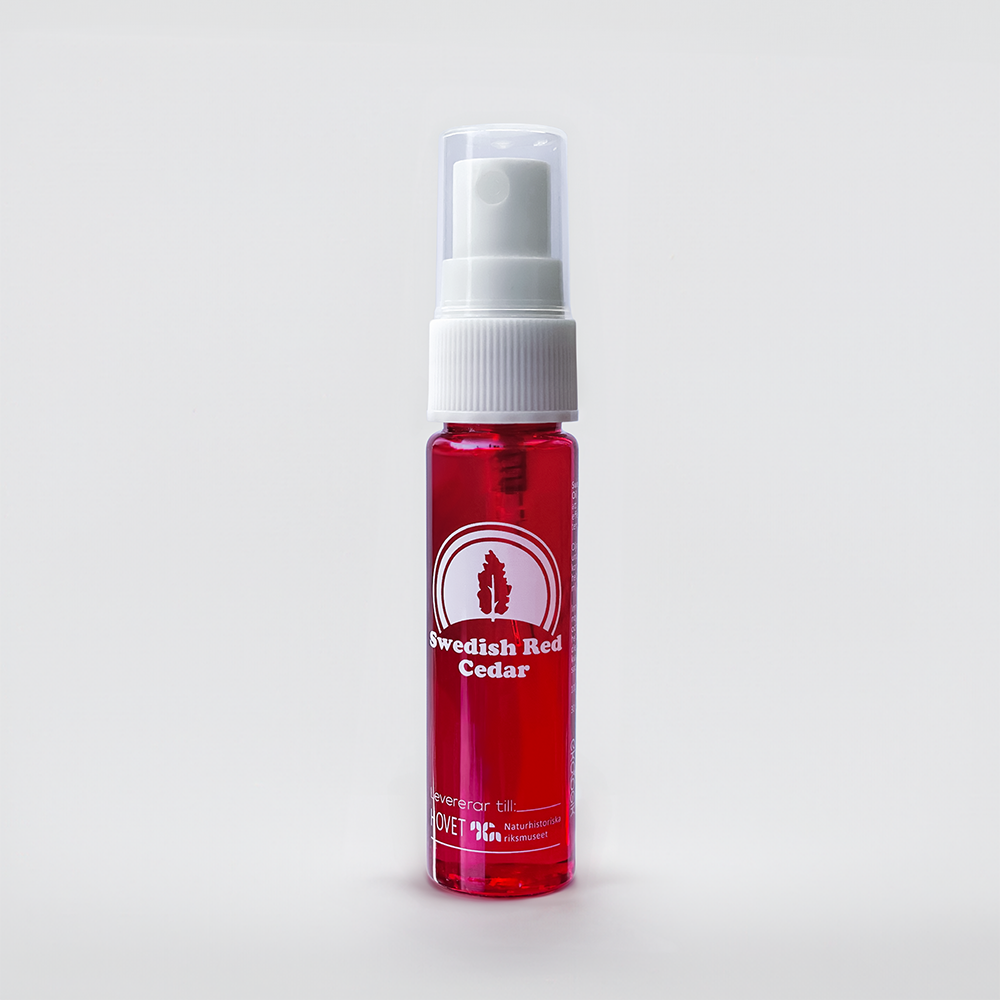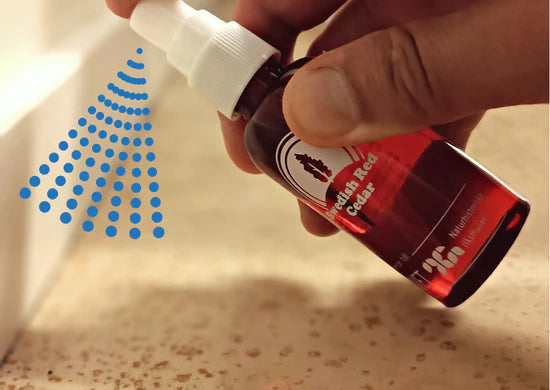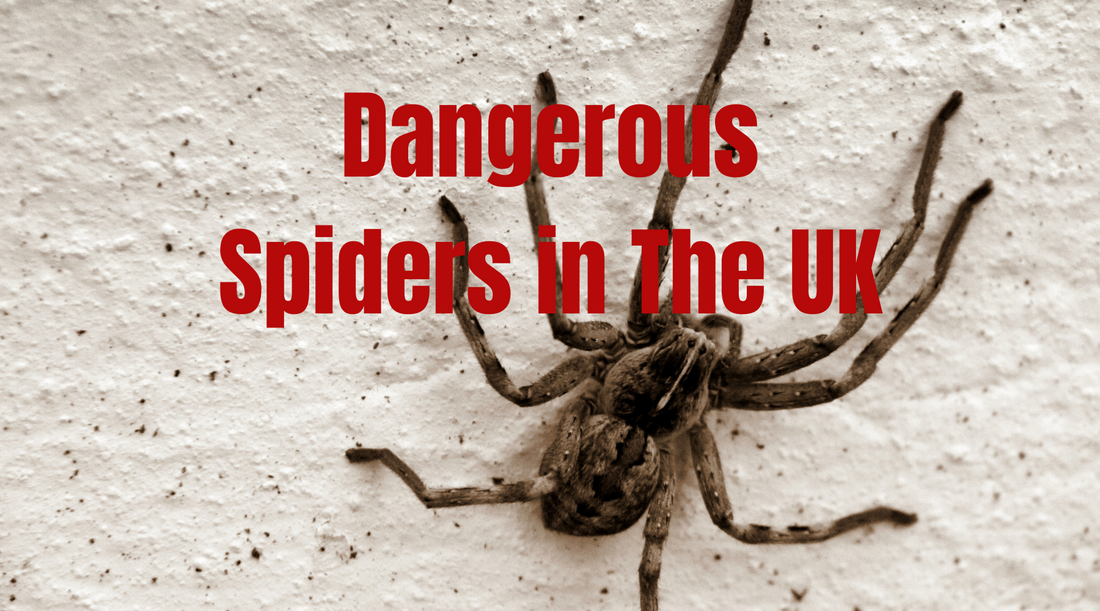
Are House Spiders Dangerous?
For many people, spiders are nothing more than creepy, crawly creatures that they want to avoid at all costs. The vast majority of spiders found in The UK are considered harmless, however some of them can actually be dangerous. In this blog post, we will take a closer look at the top 10 most common spiders in The UK and answer the question: are house spiders dangerous?
The Top Ten Most Common Spiders in The UK are:
The Cellar Spider

This funny looking guy - also known as daddy-long-legs is often found in basements and in corners of the home. They're easily identified by their very thin and long legs and small body. Their venom is not dangerous for humans and they rarely bite.
The False Widow Spider

This is one of the few house spiders that can cause harmful bites and reactions but usually they aren't dangerous. They are recognized by their brownish color with white markings on their back. They can be found both indoors and outdoors and usually comes inside to keep warm when the weather cools down.
If you are bitten by a false widow, you might notice a small hole or the sting itself may also be visible. The bite can get inflamed and irritated, red and swollen and it can be filled with fluid. Some people have more severe reactions where the bite gets infected and develop oozing lumps and huge swollen.
Of course, any sign of reaction or infection should be to examined by a doctor as son as possible.
The Giant House Spider

This spider has long brown legs, a large brown body and is one of the fastest spiders out there. It can actually run up to half a metre per second. These are commonly found in homes and specifically in dark spaces like under the sofa.
The Zebra Spider

The Zebra Spider - also known as jumping spider, is as you might have guessed by the name, black and white in color. They usually hang around in your garden but sometimes wander in by accident. They are very small but also quite quick little buggers.
The Cupboard Spider

The Cupboard Spider has adapted to the environment in our cupboards. They have a round abdomen and a brown color for females or lighter, and thinner bodies for males. These spiders can actually bite but only causing mild side effects.
The Cardinal Spider
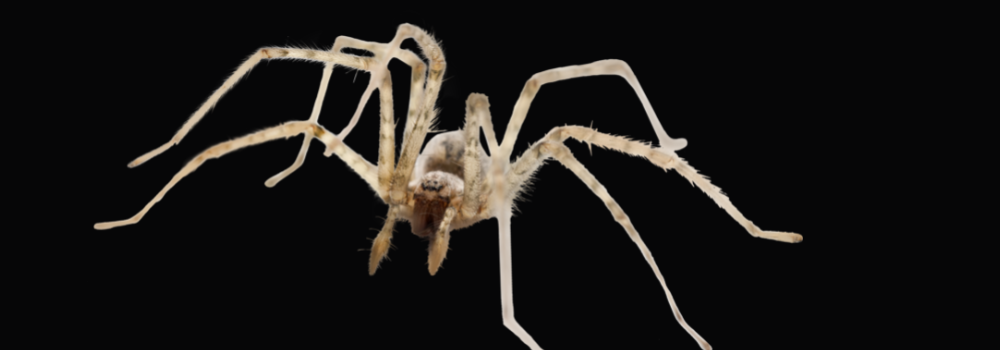
This spider is actually one of the largest in The UK and can grow up to 14 cm. You'll identify this species by the reddish-brown color of the body and it prefers living in walls of buildings mostly. Technically, they are venomous but the bites doesn't cause much harm.
The Orb Weaver Spider
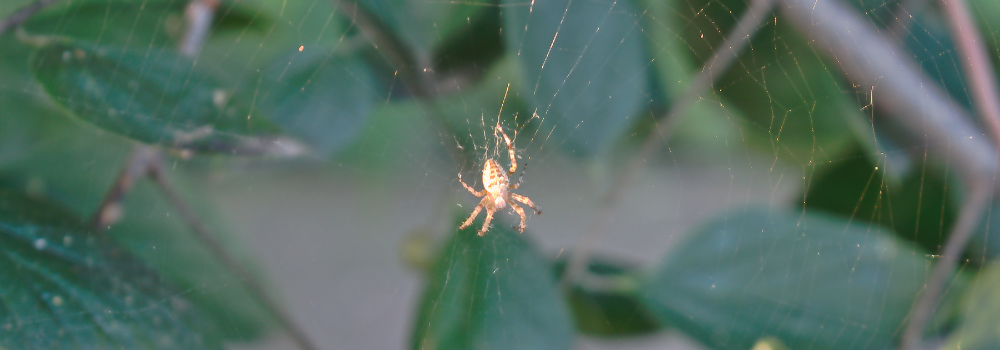
This spider had spiny legs and a yellow and black (sometimes brown) body. They are weavers of spiral spider webs. They prefer to be in your garden but may find its way indoors as well.
The Mouse Spider

Not to be confused with the Australian venomous spider sharing the same name. The Mouse Spider found in The UK is found indoors and hunts at night time.
The Money Spider

Even if this spider is the smallest species in The UK, you wouldn't want a bite from one of these. Even though the pain doesn't last very long, you could notice some swelling and irritation around the area where you've been bitten.
The Lace Web Spider

The Lace Web Spider is black and pretty small, around four to 15mm long. They can be spotted living in the holes of walls. You are likely to find these in your home during autumn and winter, especially if it has rained. They aren't known to attack humans but if you get bitten it might cause some mild irritation.
So, are spiders dangerous? Some spiders found in the home may bite, but usually only when they feel attacked or threatened. There are very few poisonous house spiders, but it’s best to consult your GP if you start to notice lasting, irritable effects.
If you want to keep these creepy creatures away or at a distance, consider trying a natural method that only repel the spiders. They do have an important roll in many eco-systems. One alternative is Red Cedar Oil that you spray around in your home.
Did this blog post answer your question? Let us know in the comments below! And be sure to check out our other blog posts for more interesting facts and information about other pests and insects. Thanks for reading!
By: Lovisa F published August 16, 2022




